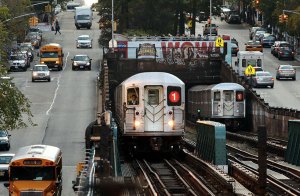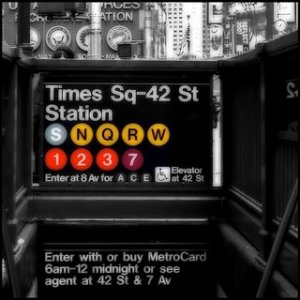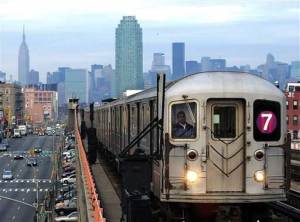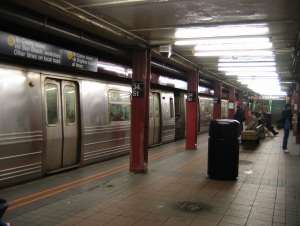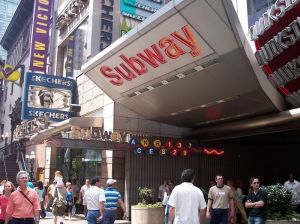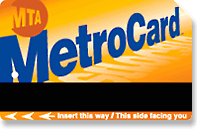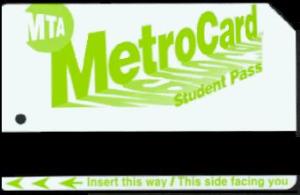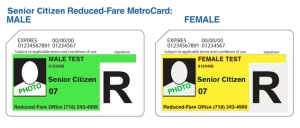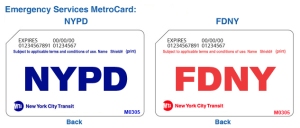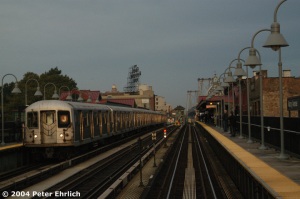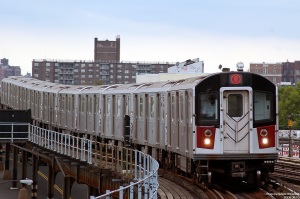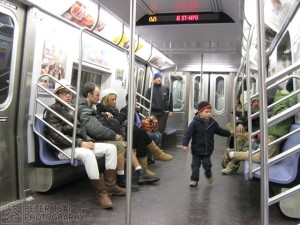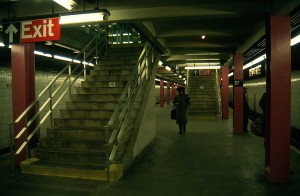The MTA New York City Subway, or simply the New York City Subway, is the rail rapid transit system of New York City. It is the largest rapid transit system in the world in terms of number of stations, the second largest system in the Western Hemisphere in terms of total track length, and the fourth most busiest system in the world in terms of annual passenger boardings (the first three being the systems of Tokyo, Seoul and Moscow). Unlike any other American city, where the chief means of transport is a private vehicle, about 54% of the total population of New York City does not own a car or any other private vehicle, and only 27% of the total population commutes by private vehicle.
This is also one of 4 rapid transit rail systems in the United States that runs 24 hours a day, 365 days a year. This system serves 4 out of the 5 boroughs of New York City, Staten Island being the only borough where there is no subway service. Even though the subway system has been criticised for the low maintenance of the stations, lack of emancipation of the infrastructure and being dingy, dirty and at times hostile for passengers, the system plays a very important role in the average in New Yorker’s life. Since New York City is known for its rush, the people don’t really care much about the issues mentioned above, as long as the train is reaching them to their destination on time.
Lines and Routes
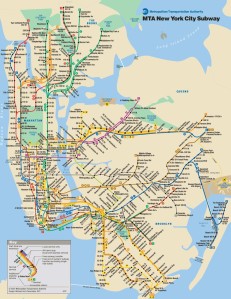 Ideally in the subway maps of most of the systems, the lines (each line differentiated from the other by a specific color) denote the route that the trains serving these lines would be taking. However, in case of the New York subway system, the lines should not be mistaken for routes. The lines only indicate the physical track, whereas their are trains for more than one route running on the same line. Thus, in some of the stations, the platforms cater to trains running for more than one route. Due to this, people using the system for the first time often end up in the wrong train and thus donot reach the station of their choice. After figuring out which platform to wait in for your train, it is important to know which train you are boarding at the same time. Each train has the route (indicated by a letter or number) specified in front of the motorman’s car. There are displays on the sides of the other cars as well indicating the route and the direction of the train. One must check this information on the displays before boarding the train in order to avoid getting into the wrong train. Another practice of this system which is unlike other systems is the method of denoting the direction of the train. While in most of the other systems you have the destination terminus indicating the direction of the train, in the New York subway system, the direction is indicated by the words Uptown or Downtown. It is therefore important to know the map geographically to know in which direction do you have to travel.
Ideally in the subway maps of most of the systems, the lines (each line differentiated from the other by a specific color) denote the route that the trains serving these lines would be taking. However, in case of the New York subway system, the lines should not be mistaken for routes. The lines only indicate the physical track, whereas their are trains for more than one route running on the same line. Thus, in some of the stations, the platforms cater to trains running for more than one route. Due to this, people using the system for the first time often end up in the wrong train and thus donot reach the station of their choice. After figuring out which platform to wait in for your train, it is important to know which train you are boarding at the same time. Each train has the route (indicated by a letter or number) specified in front of the motorman’s car. There are displays on the sides of the other cars as well indicating the route and the direction of the train. One must check this information on the displays before boarding the train in order to avoid getting into the wrong train. Another practice of this system which is unlike other systems is the method of denoting the direction of the train. While in most of the other systems you have the destination terminus indicating the direction of the train, in the New York subway system, the direction is indicated by the words Uptown or Downtown. It is therefore important to know the map geographically to know in which direction do you have to travel.
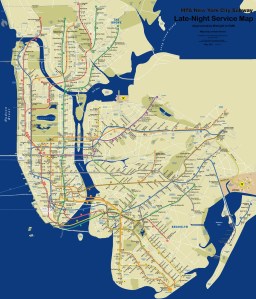 Although the system runs 24 hours a day, only some of the routes are served by the system at late nights. The routes also undergo diversion and avoid some stations and may at the same time stop at some stations to which they do not serve at the ideal time of operation. A separate map of the system is available for the night time service. There are two types of services: Express and Local. The Express trains only stop at certain stations and this makes the transit faster between these particular stations. The Local trains stop at all stations and are thus slower. This information is also provided at the displays in front and the sides of the train. While boarding an Express train, one should make sure that the station where they wish to get off is also an Express train station. The tracks of these services for each route run parallel to each other.
Although the system runs 24 hours a day, only some of the routes are served by the system at late nights. The routes also undergo diversion and avoid some stations and may at the same time stop at some stations to which they do not serve at the ideal time of operation. A separate map of the system is available for the night time service. There are two types of services: Express and Local. The Express trains only stop at certain stations and this makes the transit faster between these particular stations. The Local trains stop at all stations and are thus slower. This information is also provided at the displays in front and the sides of the train. While boarding an Express train, one should make sure that the station where they wish to get off is also an Express train station. The tracks of these services for each route run parallel to each other.
Fares and Tokens
The most common means of paying the fare is through a Metrocard. This card carries a stored monetary value and debits a standard value from it at each time of boarding. Turnstiles at all stations need to be either flashed or swiped by these cards in order to board a train. The Metrocard can also be used for the MTA bus service, the PATH rapid transit system, the Staten Island Railway, the Long Island Rail Road service and the Roosevelt Island Tramway. The standard charge is $2 for each boarding.
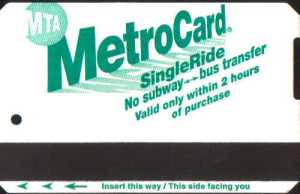 Single ride tickets are also available, which cost slightly higher than each boarding via the Metrocard. Each single ride ticket costs $2.50 with a free transfer to another MTA service.
Single ride tickets are also available, which cost slightly higher than each boarding via the Metrocard. Each single ride ticket costs $2.50 with a free transfer to another MTA service.
Unlimited Transit Passes are also available on a daily, weekly or monthly basis. Special reduced fare cards are also issued to certain eligible people. In order to purchase a reduced fare card, proper documents with ID proofs are required and can only be issued by MTA authorities. These cards are not available on kiosks.


